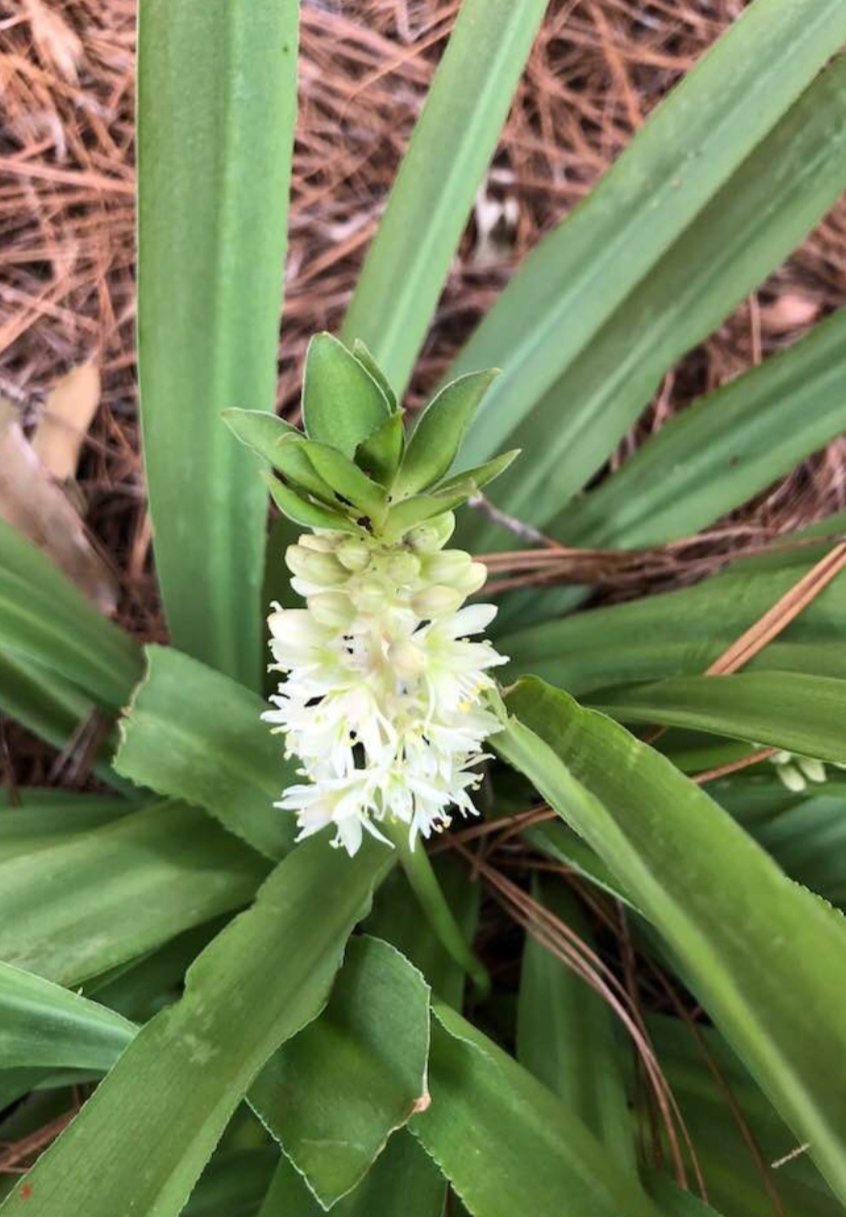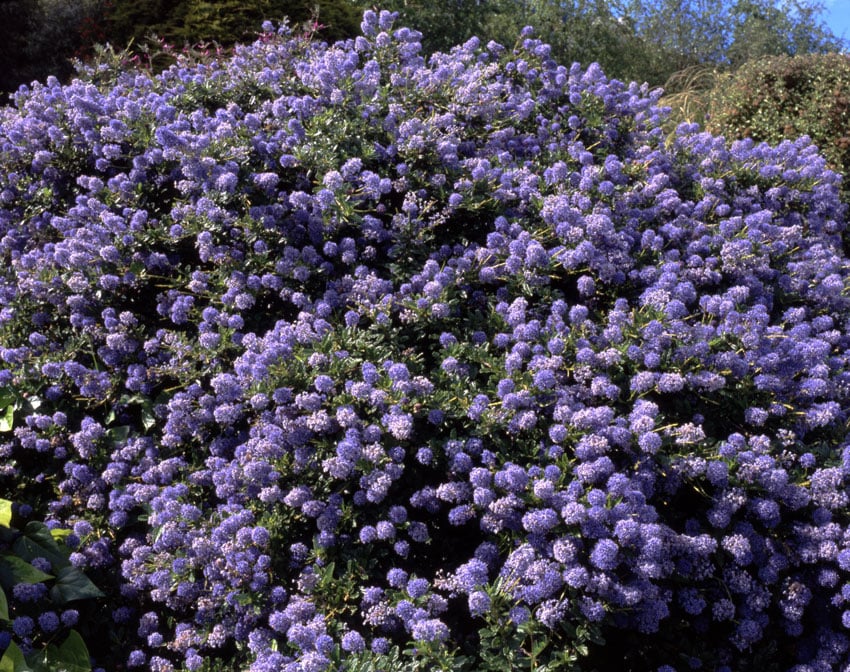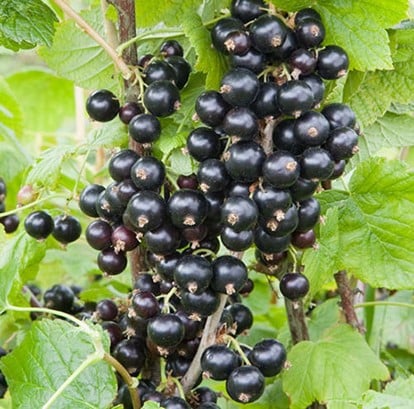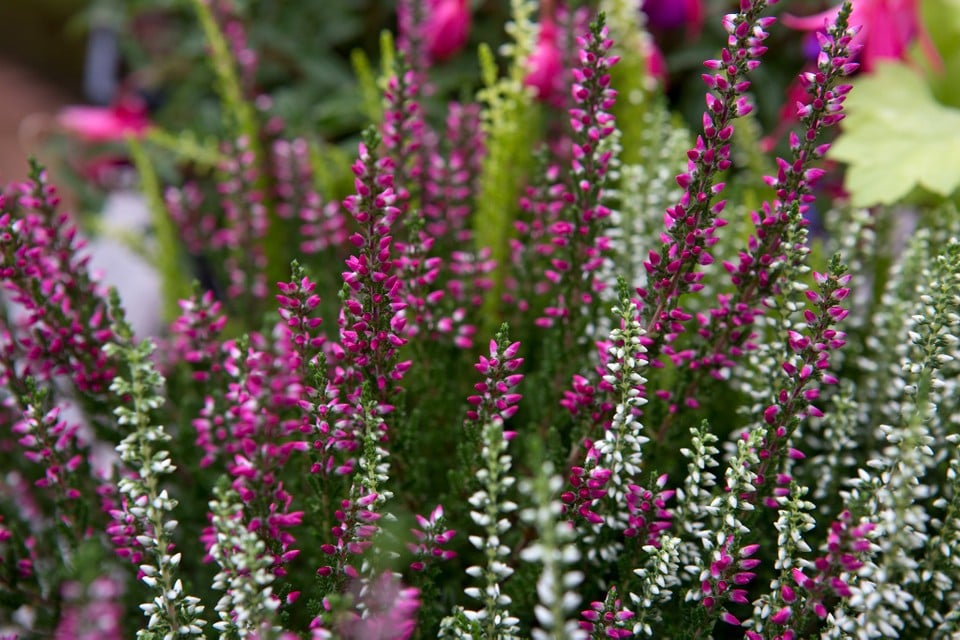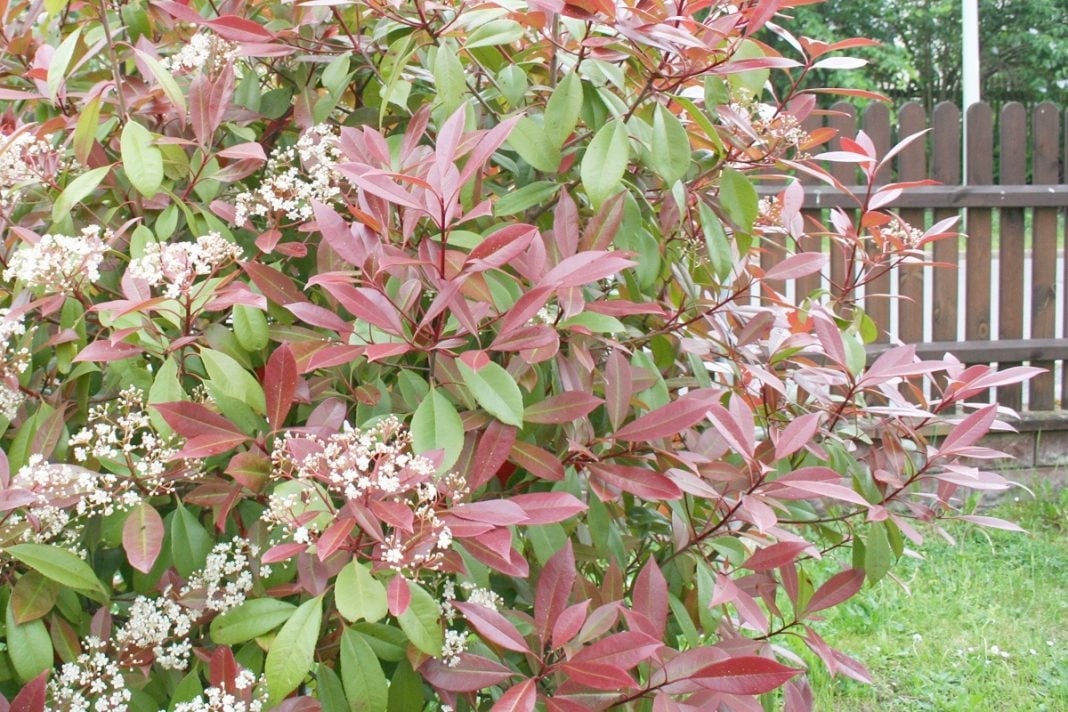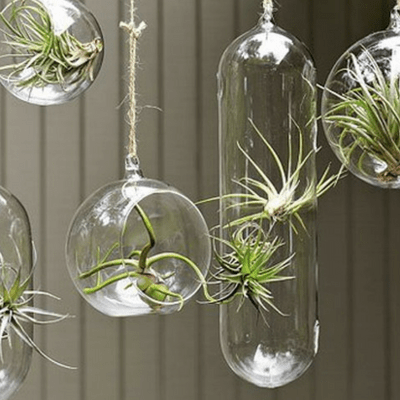How Do You Keep Salvias Alive?
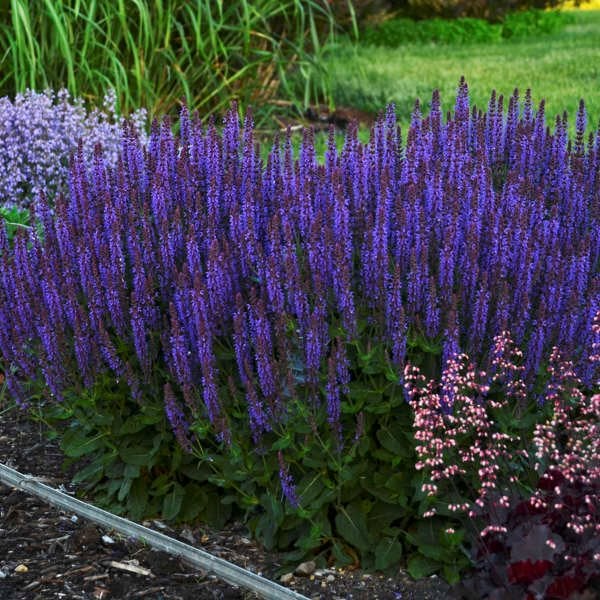
Table of Contents
Salvia, or the sage plant, has been a gardener’s favorite plant for ages because it can be grown alongside any gardening scheme. When you have beautiful sage flowers blooming in your garden or patio, it can invite pollinators like bees, butterflies, and even hummingbirds into your garden.
Besides being an ornamental plant, sage is also famous for its culinary and herbal medicinal uses. Culinary sage has found use in the kitchen since the Greeks and Romans ruled. These herbs can boost memory, help in digestion, and can also keep dental caries at bay.
Salvias have an affinity for heat, are drought-resistant, and are even resistant to deer or rabbits. But that doesn’t mean that you face no problems with salvias. So, let’s learn how to keep the problems at bay by learning the right way to care for them.
How Do You Care for Salvias?
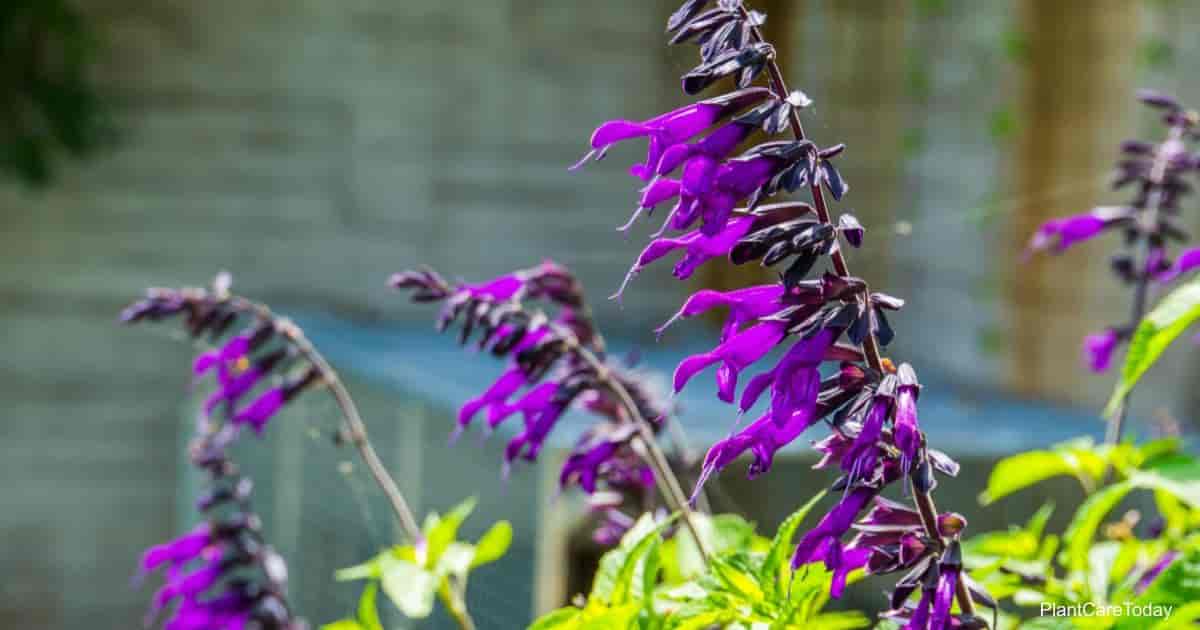
Oh! The lovely salvias have velvety leaves with an obnoxious odor capable of repelling most garden pests. Apart from this, the tubular flowers come in all possible vibrant colors ranging from white, pastel pink, deep purple, electric blue, magenta, and scarlet color. Salvias can bloom annually or perennially. They can be in a height range anywhere between 18 inches to 5 feet height.
Salvias usually thrive in 6-8 hours of daily sunlight, though some of them may survive in partial natural light, too. Well-drained soil is essential to prevent rotting of the stems. Most salvias grow and blossom in the summers, but some can thrive from fall through winter till summer. The best time to sow salvia is perhaps in the spring, and the best time to take salvia cuttings is in April, August, and September.
Salvias grow everywhere, from North America to Central America, South America, Europe, and Asia. However, Mexican salvias are probably the hardest of all and can even be sustained through the winters of the UK.
How to Care for And Maintain the Salvias After Planting?
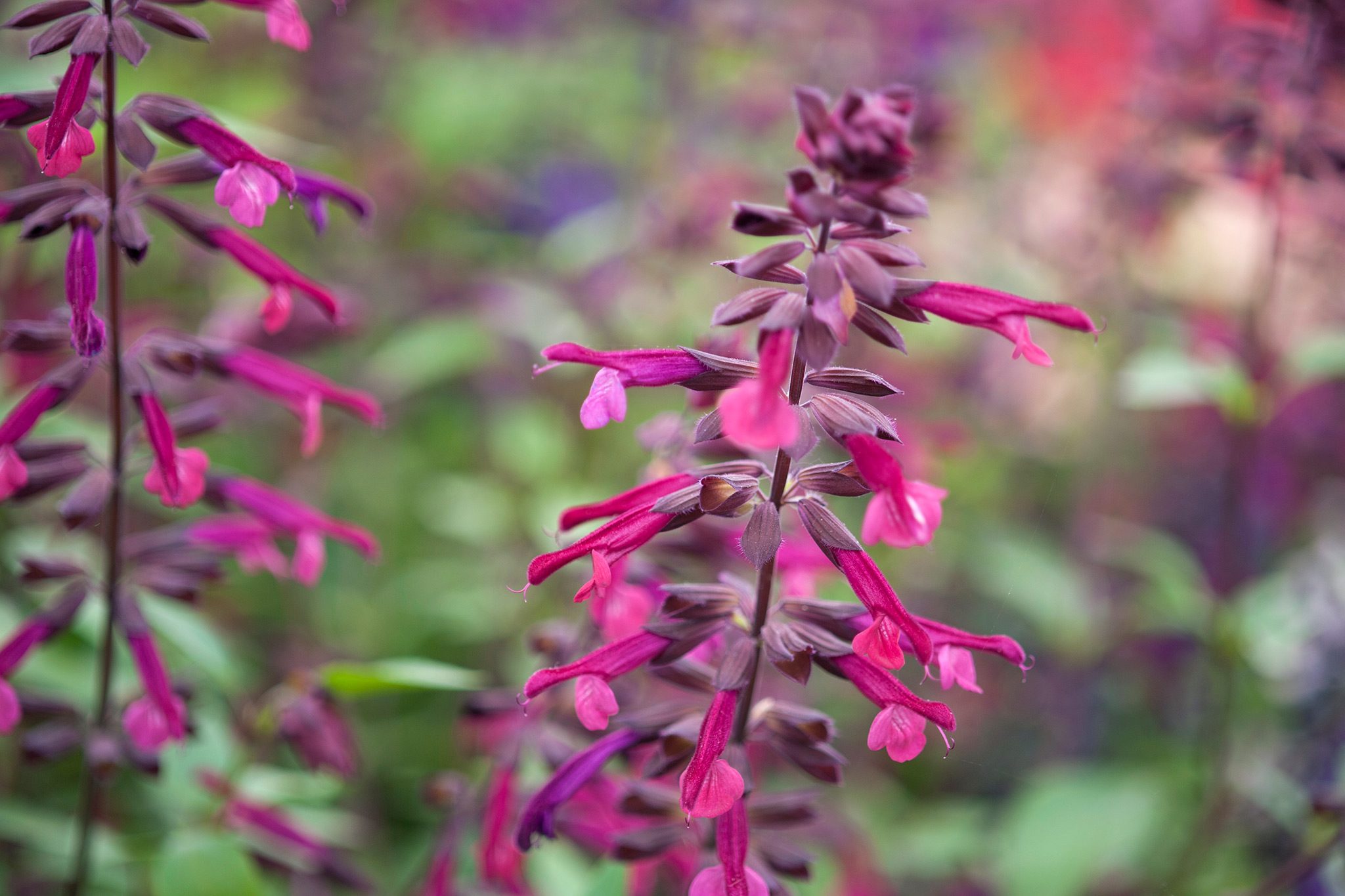
So, salvias can be planted in the soil, a pot, or a container.
- While propagating or planting salvias, take a cutting and place it in a pot with soil and pre-watered compost. Cover it with a plastic bag and place it in indirect light for three weeks, after which it should be ready for transfer into the soil or another container.
- While planting salvias, remember to mix a thick layer of compost in the soil. If you are potting the plant in the container, ensure to add some grit along with the compost to promote feeding. Use a potash-rich feed like tomato feed in the pot or container. However, feeding is not required for plants grown on the garden beds.
- After planting, surround the plant with a layer of mulch to prevent too much moisture absorption and to control the weeds. The mulch also keeps the soil firm.
- If your sage is in the pot, then remember to water the plant every day.
- Every spring, remember to replenish the layer of mulch and compost.
- To promote continuous blossoms, deadhead spent flowers.
- Though some salvias self-propagate, others might be propagated by planting seedlings during the spring season.
Right Way to Prune Salvia
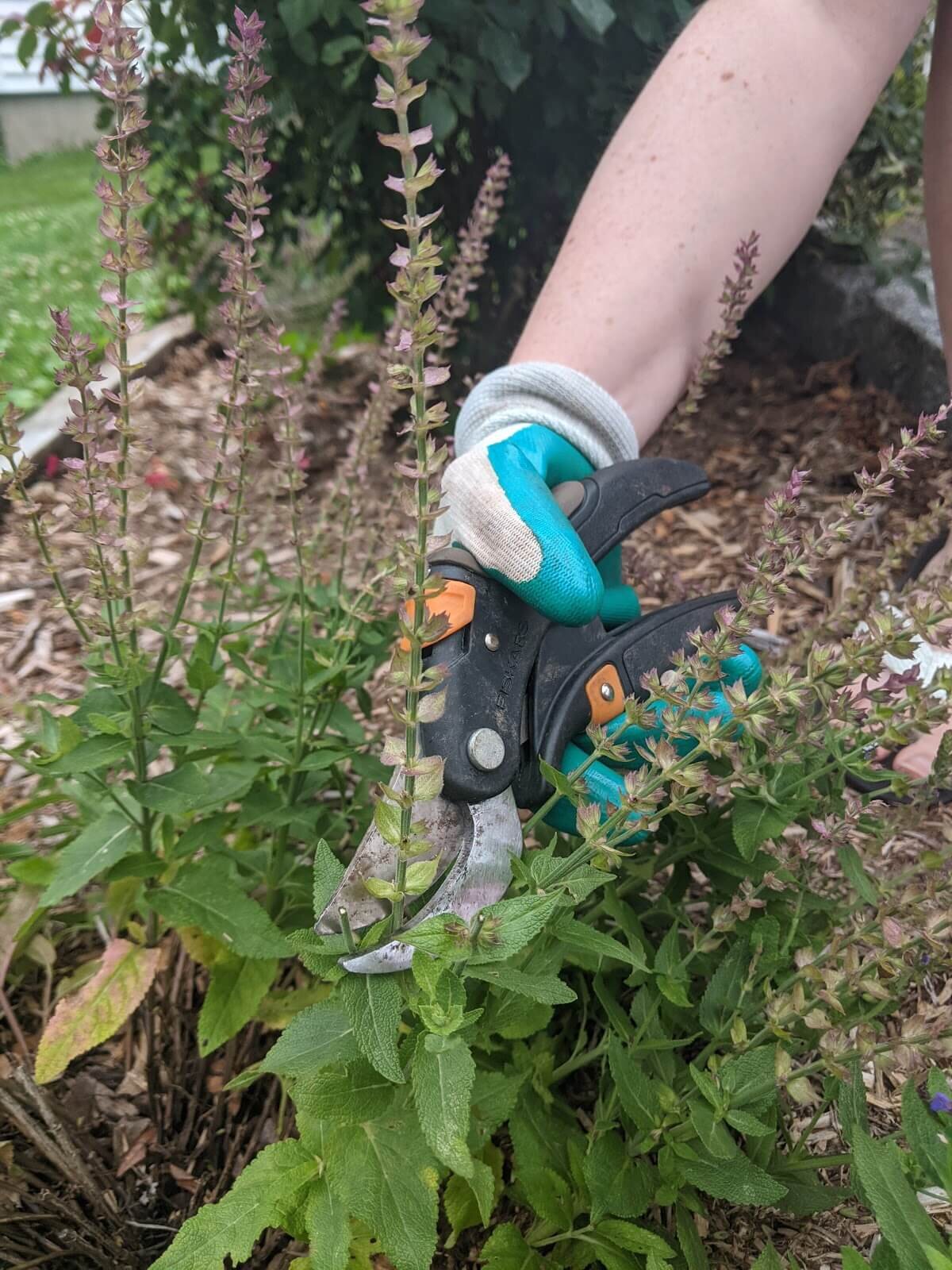
- Prune them when the lower stem becomes woody with aging.
- Pruning twice a year is recommended, once after winter and once in July.
- After the first winter, prune the stems to be just 2 inches above the soil line.
- In July, you can use the Hampton Hack – prune just below the level of inflorescence, and the plant will be back to blossoming in five weeks.
How to Avoid the Problems Often Encountered by Salvias?
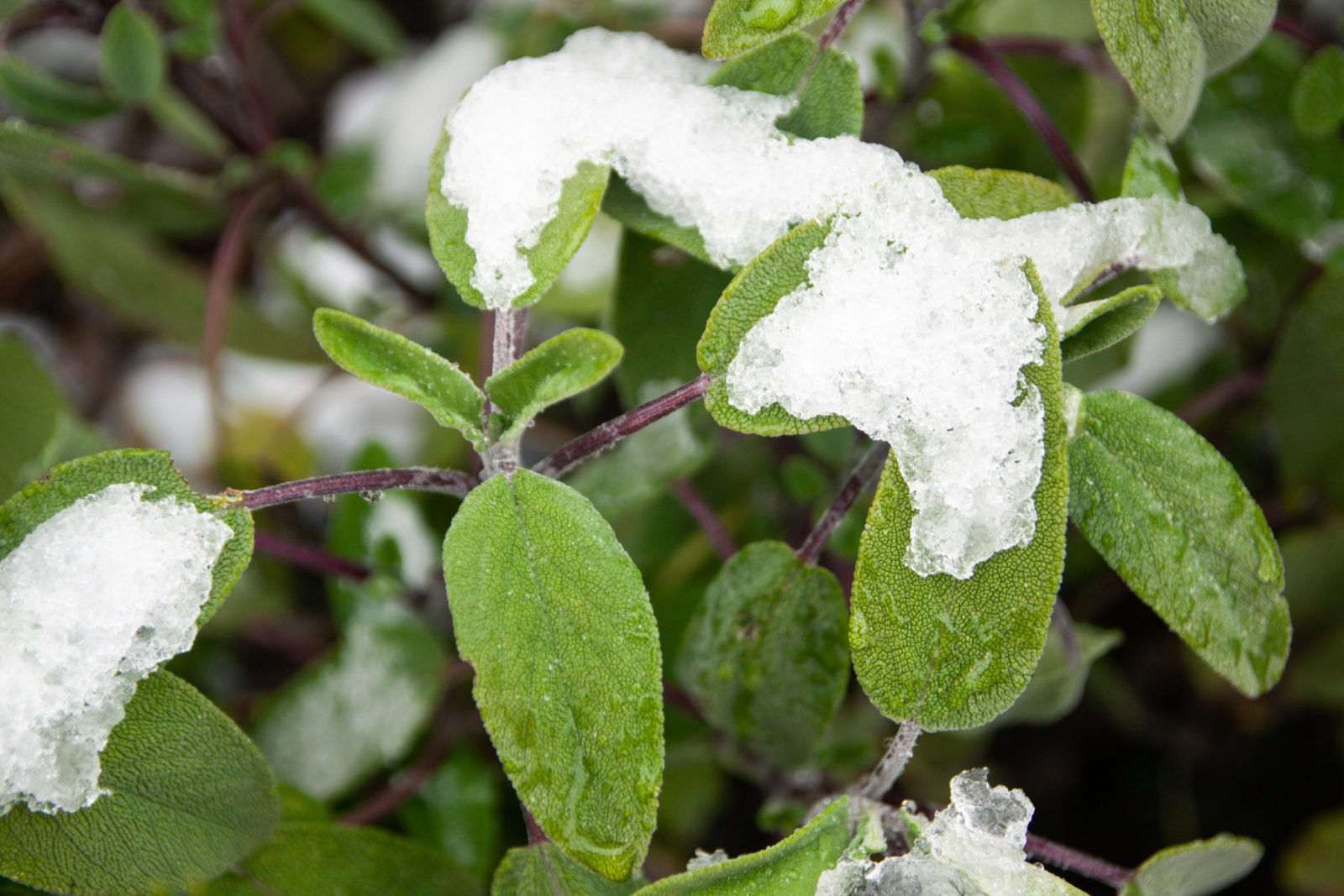
Though salvias are repellent to most garden pests, winter, frost, and water-logging pose some challenges to the sage plant. Other than this, powdery mildew, spider mites, whiteflies, Botrytis blight, and aphids are some other concerns that a gardener might face with the maintenance of sage.
Solution for rotting of stems and roots – If your sage is in the garden, ensure you have planted it in a well-drained area.
Solution for diseases and pests – You could try the below hacks for the diseases, mites, and fungal infections frequently encountered with sage.
- Avoid Botrytis blight by spraying nitrogen-rich fertilizer.
- Whiteflies and aphids can be removed with a strong jet of water.
- To prevent the spread of mildew fungal infection, spray the impacted eaves with compost tea or urine.
- Ensure to inspect your leaves carefully frequently, as mites can often evade your vigilance by growing under the leaves. To control the spider mites, you could take the help of horticultural oil or insecticidal soap.
Solution for frost-bite – Remove the dead leaves, buds, stems, and branches after winter.
Conclusion
Salvias can be a treat for your eyes whether planted in your garden or patio. When purchasing salvias, you must remember to opt for the right variety according to the habitat that you can provide.
Also, ensure to plant the sage plant at the right spot in your garden. The right spot should be frost-free, must have well-drained soil as your sage would hate saturated areas, and must receive direct sunlight throughout the day.
Another thing to notice is the quality of leaves when you are purchasing salvias from the local nursery. Aside from having healthy leaves, it should also have an adequate number of flowering buds.

